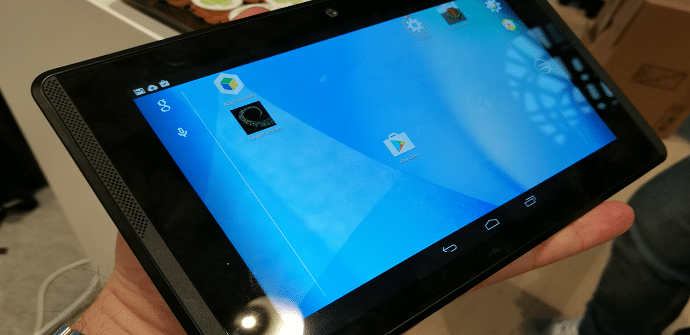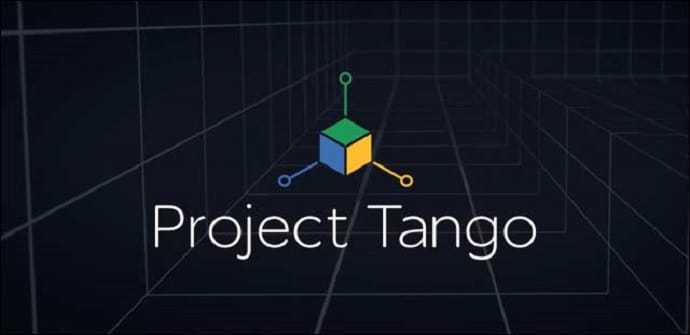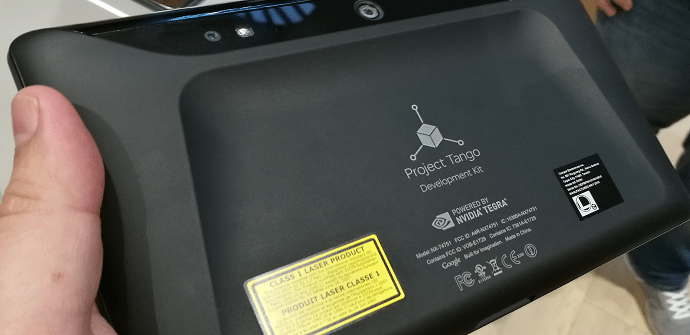
At the beginning of this year, through events such as CES in Las Vegas, we saw the new trends in tablets and smartphones that the consumer electronics sector would follow both in 2016 and in the medium term. We are witnessing the appearance of modular terminals, which showed a new range of possibilities by allowing, broadly speaking, users to manufacture their own terminals by adding each component separately. On the other hand, Virtual Reality also filled pages in hundreds of technology portals around the world, since in recent months we have seen how dozens of applications, terminals and objects such as Cardboards have appeared that allow us to experiment and interact in an unprecedented way with our environment.
A few months ago we were talking about Project Tango, one of the most ambitious initiatives developed in this field. Created by Google And after years of research, its main objective is to bring 3D technology closer to devices. However, those from Mountain View have taken a step further by launching a few days ago, the first tablets with these features incorporated as standard. Next, we tell you more about it and we give you more details about how it works and if it is already available to the general public.

What is Project Tango?
Before talking about the new terminal launched by Google, first it is worth remembering the bases of Tango. This initiative allows the creation of three-dimensional environments thanks to the creation of maps generated with all the details. According to its developers, one of the purposes of this project is that, when it reaches the general public, users can improve the experience they have every day when carrying out actions such as taking public transport or preparing other types of trips .
The device
Introduced just a few days ago, the Project Tango tablet is very easy to use. It consists of several depth cameras whose main difference with respect to traditional sensors is the fact that they recognize everything that is being captured through it and, automatically, they create an identical reproduction on the device screen. 3D that even captures the textures of each object that we find.
Interaction, one of the strengths
However, the recreation of our environment with every level of detail is not the only thing that this model can offer us. Another of its most outstanding features is the possibility of add or remove objects on the screen. Also, we can play to modify the terrain at will through the panel, and download some of the applications existing in Virtual Reality that we can already find in the catalogs, such as Minecraft, which in this case, uses the sensors that we discussed earlier to help us create worlds. Finally, we highlight the ability to depth measurement, which will give us concrete data on the dimensions of what we capture with the cameras.
The drawbacks
When we previously commented on the state of development of Project Tango, we told you that most of the initiatives in the field of Virtual Reality are in a very advanced stage of development but that, except in specific cases such as cardboard, have not yet reached the mass public. In the case of the latest tablet, we find that it has not yet landed in our country and that what we can enjoy today are only prototypes or terminals from other countries. Obviously, this means that we are also unaware of other characteristics such as its price.

Project Tango's rivals
Google is not the only firm that is betting on Virtual Reality as a future basis for the development of more devices. Currently, we can find other projects such as RealSense, which has not yet reached a mass audience and contains some striking aspects such as facial and gesture recognition. On the other hand, Nvidia, which at the end of 2015 launched a tablet aimed primarily at gamers, launched the model in 2014 Tegra K1, with which he has already taken his first steps in this field.
As we have just seen with the new Google, Virtual Reality also offers us greater interaction thanks to the possibility of modifying the environment through the screens of the devices. After learning more about the tablet with which the Mountain Viewers intend to set a precedent, do you think that there is still much to improve and investigate in this field and that therefore, the definitive arrival of this technology will still have to wait, or however? Do you think that 2016 will be the year of its consolidation and that it will soon be possible to enjoy a new way of seeing everything that happens around us and also, to participate in the environment and interact with it? You have more similar information available about Project Tango in which we tell you more about it so that you can learn more about this platform and all that it can offer, at the same time that you give your own opinion about what the short and medium-term future of tablets and smartphones may be.